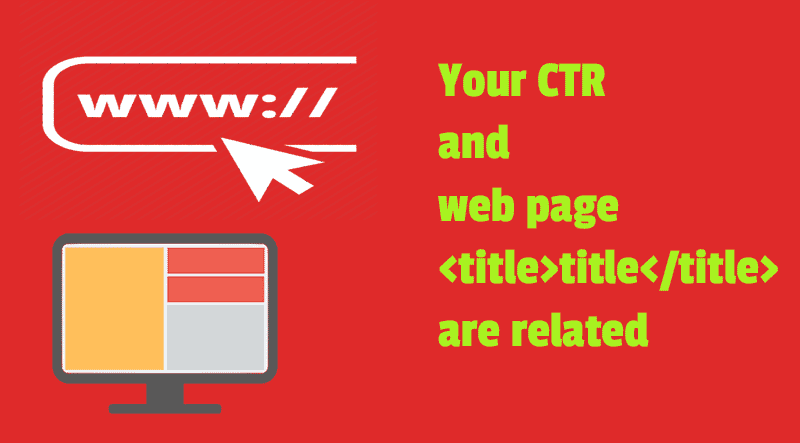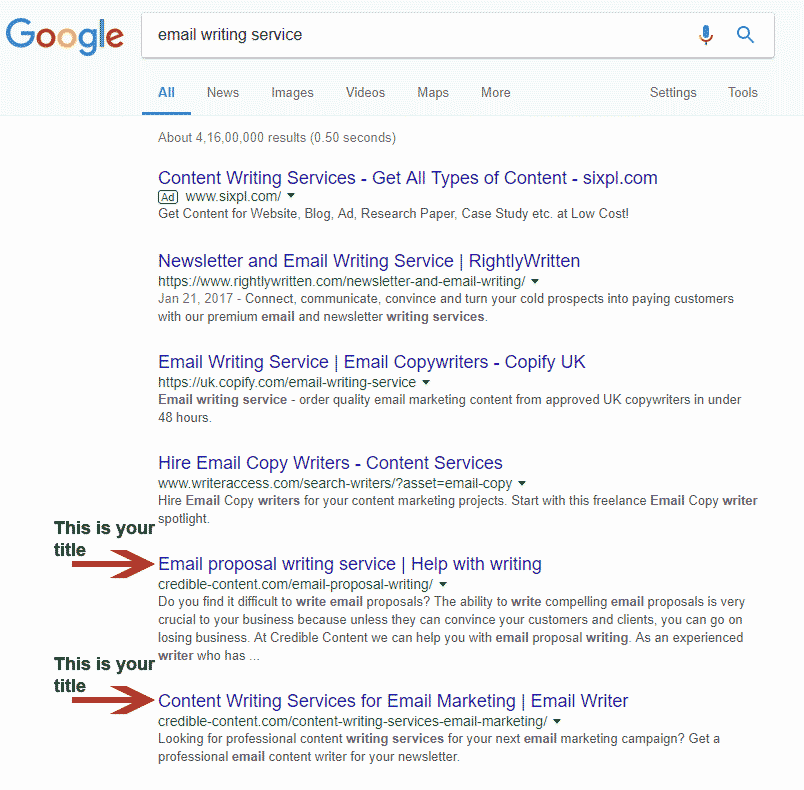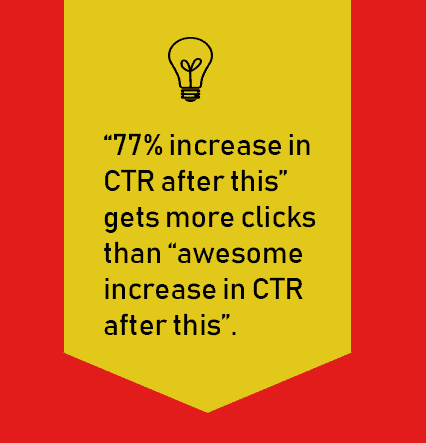Your web page and blog post titles are very important. I have lost a new client who insisted that I create titles for his blog posts for the same amount he was paying for writing the blog posts. The titles are so important that I charge extra for coming up with them.
Your web page and blog post titles are so important that they come under content marketing and content strategy because they can pretty much define the direction of your entire content marketing approach.
What are your title tags and why they are important?
Although your page heading and title tags can be the same, they can also be different. The heading is something that you enclose within <h1> and </h1>.
The title tag is something that you enclose within <head><title></title></head>.
Both are important. It is your heading, or the headline that hooks people to your web page or blog post when they come to your link. But, on search engine result pages, it is your title tag that matters.
It is your title tag that appears as a hyperlink when people search for your business:
Your web page and blog post titles are not just important for CTR (click-through ratio), they are also important for your SEO.
Google re-ranks your content according to your CTR. If your appearance in the search results does not attract many clicks, Google lowers your ranking for that link. If it attracts more clicks, it increases your rank for that link.
This blog post on Seige Media gives an in-depth analysis of how to test which web page and blog post titles perform the best through A/B testing, with the help of Google Search Console (previously known as Google Webmasters Tools). The writer also says that if you improve your title, you can experience a click-through increase of 20-200%.
A/B testing, as explained in the above link, can be a time-consuming exercise but it is worth your effort if you really want to make sure that you create optimized web page and blog post titles for maximum CTR.
It basically involves
- coming up with the best title you can think of in the beginning,
- publishing your web page or blog post with that title,
- and noting down when your link begins to appear in the search results.
This is assuming that you are using Google Search Console to track your search engine appearance and your clicks.
Let things happen for two weeks.
Start noting down values such as number of clicks, click-through ratio and impressions for that particular link in the past two weeks.
Then, change the title and resubmit the link. Make sure the link has appeared in the search results.
Repeat the above process after two weeks.
This way you can create a detailed analysis of how various titles perform.
How do you write web page titles and blog post titles for maximum CTR?
Aside from the main keywords in the search terms that you should use within your title, the intent is also very important. What moves people to click your link?
The most commonsensical way of knowing what matters the most to people is, addressing their main concern within the title.
If you are looking for a blog writing service, then obviously something about a blog writing service is going to attract you towards a certain link.
But you are not just looking for a blog writing service, you are looking for a blog writing service that can help your business in a certain way.
This is where longtail keyword optimization can help you. Try to pack as much information as possible without making things too complicated.
“Blog writing service” may get me a good CTR, but “blog writing service for my car repair service” may get me even better CTR.
So, if people have a question, provide an answer. If people have a problem, provide a solution. If someone asks for “how many?”, give him or her “these many”.
Neil Patel suggests that you can use emojis in your titles to improve your CTR. This is something I didn’t know. Of course, if all the links on the search engine result page are without emojis and there is a single link that is with emojis, people will tend to click it.
Neil also suggests that mention numbers when you are creating titles for your blog posts and web pages.
“77% increase in CTR after this” gets more clicks than “awesome increase in CTR after this”.
This Hubspot blog post on creating web page and blog post titles people cannot resist clicking suggests that you make your titles very specific. For example, if your web page contains an interview, then mention it somewhere in the title. If it contains a podcast or infographic, mention it. The post claims that titles that contain specific information that says exactly what the web page or the blog post contains get 38% more clicks than those titles that don’t.
The Hubspot post also has some rules of thumb on how to come up with clickable titles. Even small things matter.
Some title formats that always work
“How to” titles seem to work quite well, especially with search engine and social media users:
“How I increased my website traffic by 200% with just this simple SEO trick”
The title clearly tells that you are going to reveal what SEO trick you used that increase your traffic by 200%. Such titles draw lots of clicks.
“10 ways you can sell your old mobile phone online within 24 hours”
“Painstakingly learnt 25 content marketing lessons that are 100% failsafe”
“If this method doesn’t give you an 8-hour peaceful sleep, nothing will”
“Why” and “how” seem to do quite well because they trigger a sense of curiosity and also provide some valuable information in a concrete form.
Conclusion
Your web page and blog post titles need to cater to a strong desire, or need. They should also give concrete information. Something like “Get 1500 leads in 3 weeks” will always be more convincing than “Get more leads faster”.




